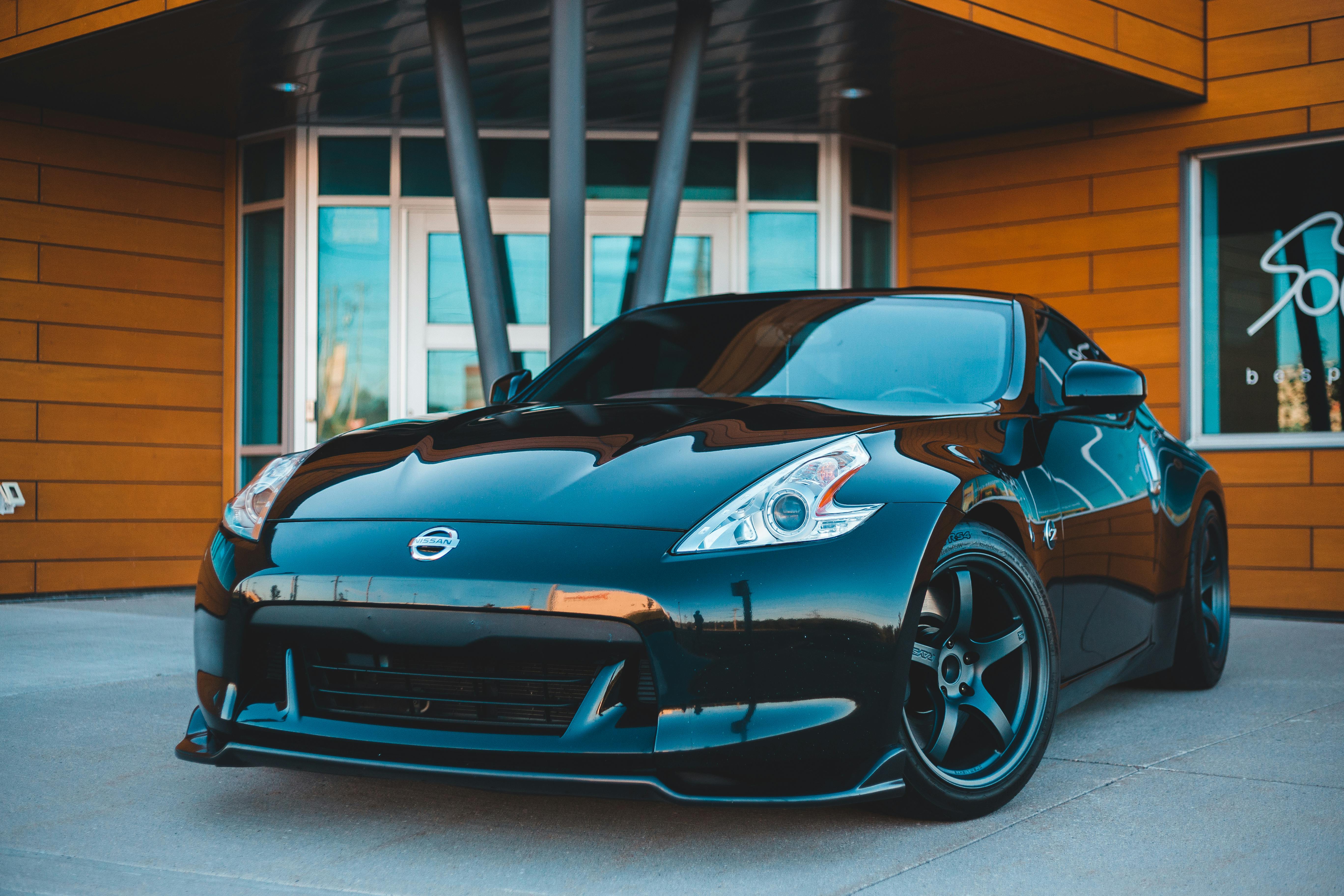
Leveling Kits: Guide to Leveling Lift Kits for Jeeps and Trucks
admin
- 0
In vehicle customization, leveling kits go under the radar when it comes to off-road vehicles. However, while suspension lifters can grab the spotlight as the flashiest and most crucial pieces of off-road hardware, leveling lift kits also play an essential role.
First of all, it should be understood that this is not an add-on upgrade, but a modification that can have a significant impact on the performance and reliability of the vehicle and therefore deserves a lot of attention.
Think of leveling kits this way: sure, vehicles that need leveling lift kits can still drive without them. But then again, a blind man may know how to drive a car, but that doesn’t necessarily mean he should.
Many probably know the purpose and benefits, but rarely does one have a more intimate understanding. In this document, we will try to expand that understanding with a closer look.
Why leveling kits?
With so many elevator-related components, it’s easy to get confused about where they fit together. In their basic concept, leveling lift kits work similarly to body lift kits in both application and function, but with a slight difference.
For one, a body lift is meant to provide lift to a vehicle, allowing you to add larger tires, or simply offer that raised look at a lower price and less installation work than a full suspension lift.
On the other hand, leveling kits serve the same purpose, but only for the front or rear of a vehicle, primarily for the purpose of balancing a vehicle’s stance.
With this in mind, leveling your vehicle is helpful in cases where suspension modifications or uneven weight distribution cause one end of the vehicle to sag. For example, a vehicle with a significant amount of additional weight in the front due to a bumper, winch, or other components is the perfect candidate for front leveling lift kits.
As stated above, leveling kits are not a necessary upgrade to continue operating your vehicle; However, neglecting a ride level imbalance can affect a variety of crucial factors including handling, tire or suspension wear, and even vintage cosmetic appeal.
They also offer alternative features, such as a few extra inches for tire clearance or better rear wheel travel during towing or hauling jobs.
Additionally, leveling your ride is simple and effective to operate, and relatively easy to install as well.
Know your vehicle
Leveling kits differ slightly from suspension and body lifts in their application. Although there are essentially 3 different types of leveling lift kits, the one you need depends entirely on your vehicle. There is simply no way around this.
Knowing which type fits your vehicle can make shopping for one much easier, and also help you know exactly what the installation entails.
Types of leveling kits
As stated above, there are 3 main types of kits that work for most major vehicles, in addition to block kits, which are sort of a specialized leveling kit. The type of kit you need is entirely vehicle specific and can be easily determined by contacting the manufacturer.
It should be noted that you should not confuse these with air leveling kits, which can easily be seen as a suitable replacement for leveling lift kits. This is definitely not the case, and air based versions should never be considered as an alternative to complete truck leveling kits.
-
strut extensions
For vehicles that use a spring strut on their front suspension, which typically includes late-model half-ton trucks and SUVs, strut extension leveling lift kits are the way to go. Strut Extension Leveling Kits work on the basic concept of adding a spacer on top of your factory struts. This process is often a simple and cost-effective method of adding lift, especially since it requires no modification to factory parts and can be easily removed as well.
-
rotating keys
On its own, a torsion bar can be tuned to provide lift without additional modification; however, standard torque wrenches often do not have the strength and sturdiness to safely hold the lift. Aftermarket torque wrenches provide a solution. These reinforced wrenches are built stronger and more stable than factory units as they are specifically designed as a safe and effective way to maintain lift when adjusting a torsion bar. A torque wrench setting tool is a recommended purchase to accompany torque wrench style kits.
-
coil spacers
Coil Spacer Leveling Kits are similar to Strut Extensions in concept, but slightly different in application. While the strut extensions add a spacer on top of the factory struts, the Coiled Spacer Leveling Lift Kits add them on top of the factory spring buckets. These modifications will help your truck maintain the factory appearance and OEM ride quality. To compensate for the extra lift, some coil spacer applications will require the installation of shock extensions, which are typically included with these leveling kits.
block games
Not to be confused with standard leveling lift kits, block kits are the preferred method of modifying the ride height of the rear of a vehicle, whether you’re looking for a tall rear stance or just want to reposition the rake. your truck to haul or tow.

